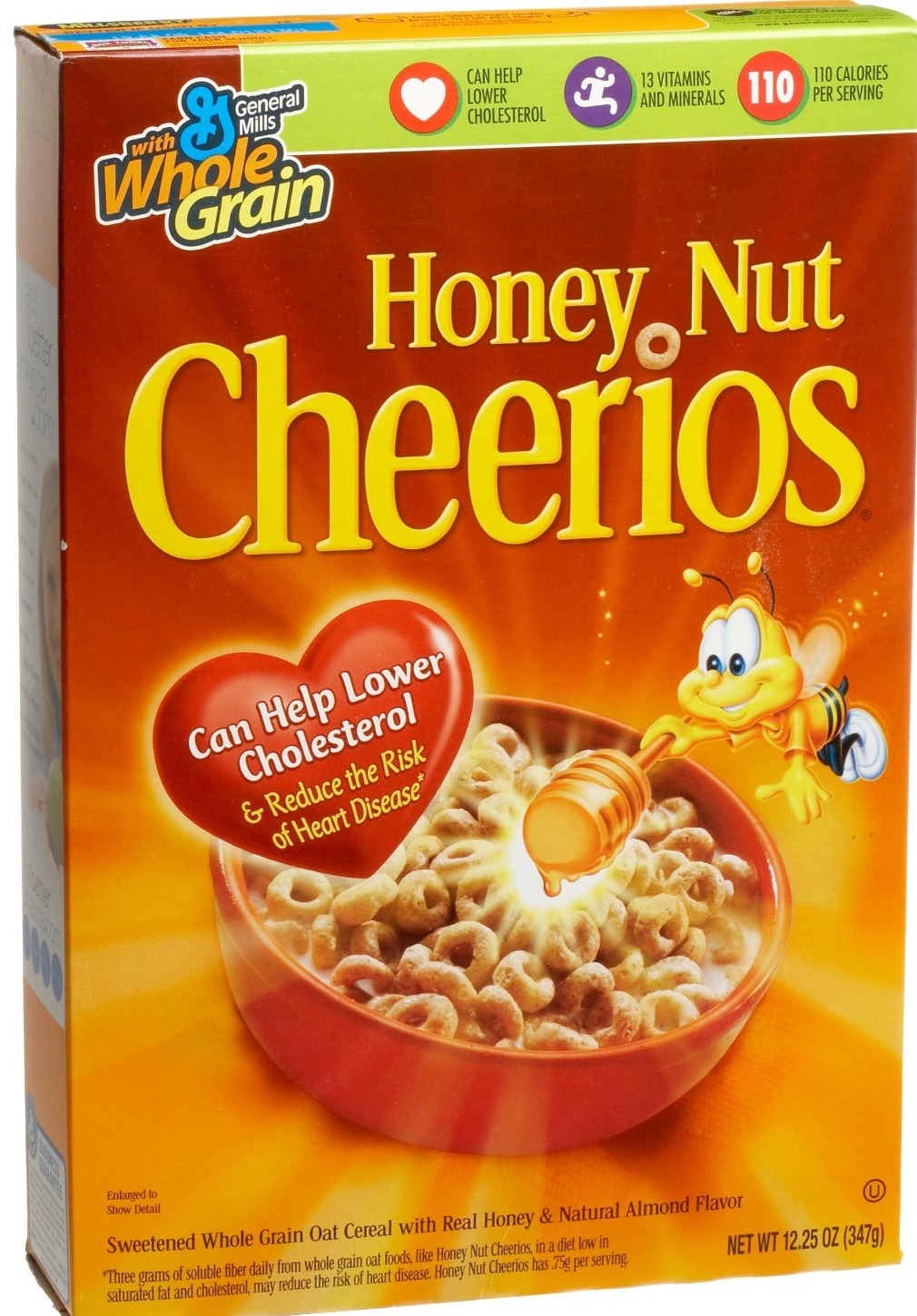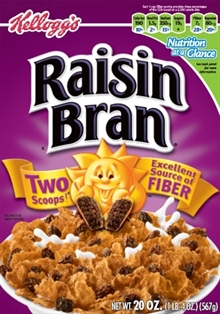So I've been trying to make small changes toward low GI foods (foods that don't spike up your blood sugar as much). One of the big things is changing to whole grain foods. Whole grains take longer to digest and therefore don't go through my system so quickly. I've been eating whole grain bread, whole grain pancake mix, less bread, and less cheese and sugar all together. I've become addicted to whole grain tortilla chips with flax. I am starting to learn how to cook quinoa, and barley; things I didn't know existed up until a couple of years ago.
My latest purchase is multi-grain oats from Trader Joe's.
I tried it for the first time this morning with a dollop of honey and a handful of blue berries. It tastes great. Slowly but surely I think I'm getting the hang of this stuff.
A part of the glycemic index is the glycemic load. I still have a hard time explaining it myself but the way one of my cookbooks explains it is:
"The GI ranks food according to their effect on blood sugar levels in comparison to glucose...the glycemic load number gives you a truer picture of what effect a typical serving of a food will have on blood sugar. It is calculated by multiplying the amount of available carbohydrate in a typical serving of food by the GI number and then dividing it by 100." -Glycemic Index Cookbook
So in other words the GI number tells you how one type of food affects your blood sugar compared to how glucose affects it. The GL tells you how a specific portion of that food will affect your blood sugar. So even though watermelon can spike up your blood sugar, if you only eat a sensible portion of it, that melon won't actually do much.
I was talking to one of my co-workers, an older healthy man who has learned to calculate the glycemic load in his head. Something I'll probably have to learn to do.
We were looking at different sugary cereals our group of high schoolers brought to feed everyone for breakfast. He looked at each and calculated the glycemic load of each one. The results were surprising to everyone, even him!
From worst to best:
Worst was Raisin Bran, then Grape Nuts, Frosted Flakes, Cocoa Puffs, Lucky Charms, and the best one:

 Honey Nut Cheerios!
Honey Nut Cheerios!
Amazing! You would think that the "healthiest one" would be Grape Nuts and Raisin Bran but when it comes to the amount of carbohydrates and the portion size, their glycemic load was pretty horrible. The others were just lower enough to make them "healthier" in the GL sense. Crazy.
I also look at calories and that's what I usually use to judge whether I get one type of item versus another. But now that I have glycemic load I need to think of both GL and calories and buy the lesser of two evils. Not that I had much trouble eating Honey Nut Cheerios. I love that cereal. LOL
Tomorrow is my weigh in. I'm super hopeful the scale and the measurement tape gives me good news. I went on an epic hike yesterday and I'll update everyone on that tomorrow too.
love,
-w0rld



1 comment:
And I thought Grapenuts was my best pick. UGH!!! I don't like Honey Nut Cherrio's. I like Crispex, I wonder how that is. I don't know how to caculate how you did. I can look it up and learn though.
Good luck tomorrow and I'd love to hear about your hike.
Blessings!!
Post a Comment